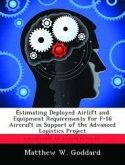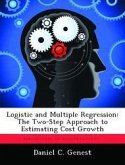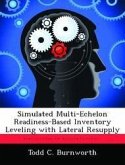Since the end of the Cold War, the United States has become focused on developing the capability to rapidly respond to emerging crises. Strategic and operation planning play key roles in order to effectively implement this concept. During the planning process, separate courses of action (COAs) are developed. These COAs are evaluated based upon their operational effect, resource availability, nuclear and transportation feasibility. Currently, transportation feasibility assessments are based on the resources contained within a full Unit Type Code (UTC). Some COAs are eliminated based on these factors. However, most deployments occur at reduced levels. Situational factors, such as the number of aircraft, type of deployment, duration of the deployment, and availability of resources from other locations, can significantly reduce the logistics footprint of a deploying base. Additionally, full-UTC planning factors reduce the planner's knowledge of airlift requirements until information regarding tailoring is returned from the base. As a result, precious time is consumed, and potentially favorable COAs may be eliminated erroneously. By developing a forecasting tool to identify the critical factors in tailoring, and their effect on the size of the package deployed, planners can quickly evaluate deployment scenarios, providing more accurate assessments regarding plan feasibility and transportation supportability.








